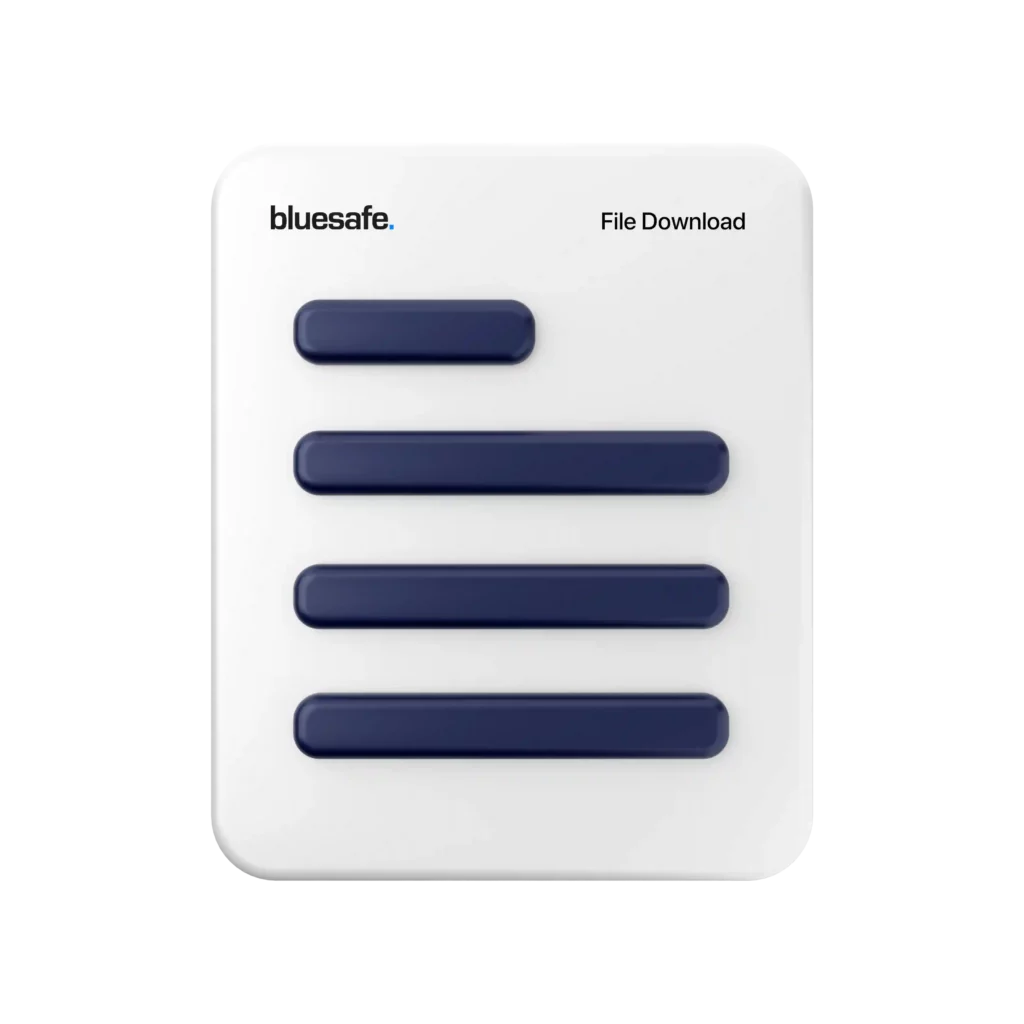First and foremost, parts washers use chemicals that can be hazardous to your health. Many of these chemicals are flammable and can cause serious injuries if they come into contact with your skin, eyes, or lungs. In addition, inhaling the fumes from these chemicals can cause respiratory problems, such as coughing, wheezing, and shortness of breath. That’s why it’s essential to use protective equipment when working with a parts washer. Always wear gloves, eye protection, and a respirator to protect yourself from chemical exposure.
Secondly, parts washers operate at high temperatures and can cause severe burns if not handled correctly. Hot water and steam can cause significant injuries if they come into contact with your skin. It’s crucial to make sure that the temperature of the parts washer is set to the appropriate level and that you are using the right protective equipment, such as heat-resistant gloves and aprons. Additionally, never stick your hands or any other body parts into the parts washer while it’s running, as this can cause serious injury.
Thirdly, parts washers can pose a fire hazard if not used correctly. The chemicals used in parts washers are highly flammable and can ignite if exposed to an open flame or sparks. To prevent fires, always keep the parts washer away from sources of ignition, such as welding equipment or open flames. Additionally, make sure that the parts washer is grounded and that all electrical connections are secure to prevent electrical fires.
Fourthly, parts washers can cause environmental damage if not disposed of correctly. The chemicals used in parts washers can be harmful to the environment if they are not disposed of properly. It’s essential to follow all local and state regulations regarding the disposal of hazardous waste. Make sure that you dispose of used cleaning solutions and other hazardous materials in accordance with these regulations. Additionally, always make sure that you are using the appropriate cleaning solutions for your parts washer to minimise environmental impact.
Fifthly, parts washers can cause damage to the parts being cleaned if not used correctly. Some parts may be more delicate than others and may require specific cleaning solutions or methods. It’s important to read the manufacturer’s instructions carefully and follow them to ensure that you are using the correct cleaning solution and method for each part. Additionally, make sure that the parts are completely dry before assembling them to prevent corrosion or other damage.
So, those are some of the dangers associated with working with a parts washer. Now, let’s talk about some safety recommendations to keep you safe.
Firstly, always wear protective equipment when working with a parts washer. This includes gloves, eye protection, and a respirator. Make sure that your protective equipment fits properly and is in good condition before using it.
Secondly, make sure that the parts washer is set to the appropriate temperature and that you are using the right protective equipment, such as heat-resistant gloves and aprons. Additionally, never stick your hands or any other body parts into the parts washer while it’s running, as this can cause serious injury.
Thirdly, keep the parts washer away from sources of ignition, such as welding equipment or open flames, to prevent fires. Additionally, make sure that the parts washer is grounded and that all electrical connections are secure to prevent electrical fires.
![]()






